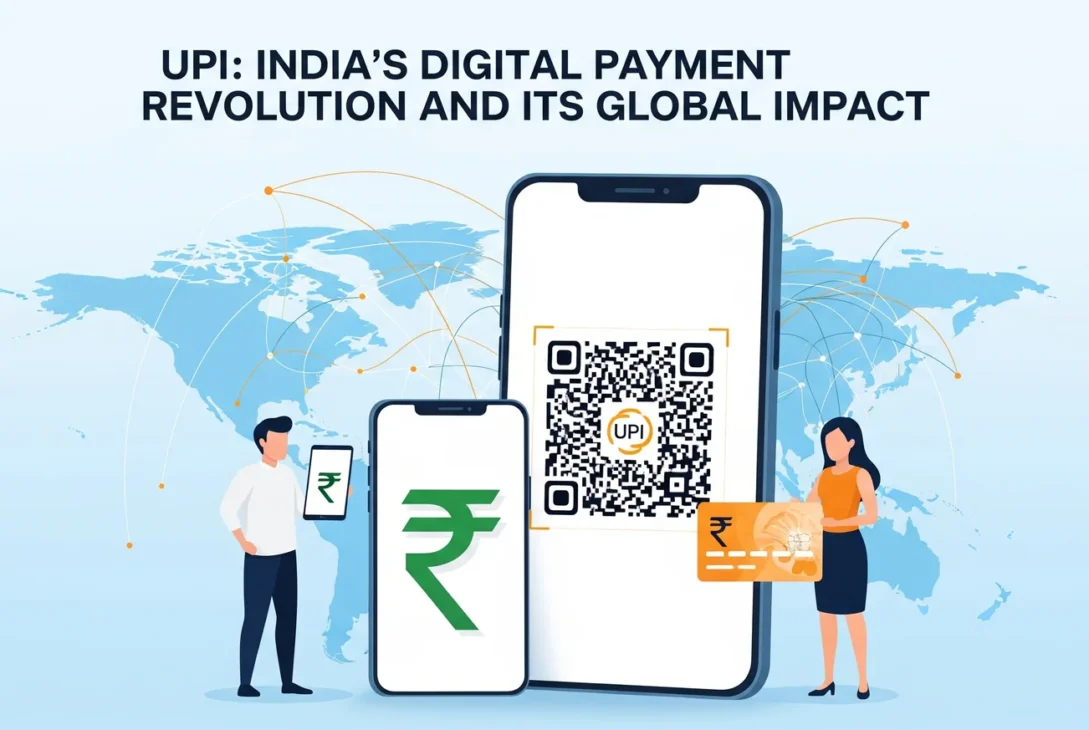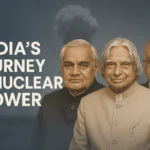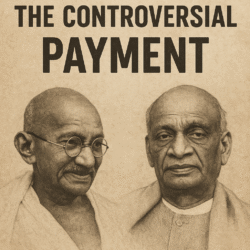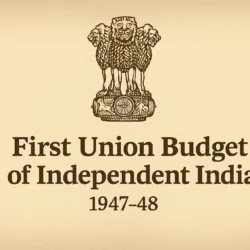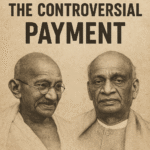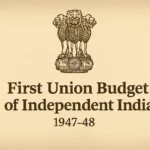Introduction
When new technologies emerge, the world often looks to the USA or China. But in India’s case, it was the Unified Payments Interface (UPI) that reshaped the future of digital transactions, putting India on the global fintech map. What began as an innovative idea has now disrupted giants like Visa and Mastercard, transformed small businesses, and revolutionized how Indians handle money.
In this article, we explore the journey of UPI, the systems that came before it, why UPI became a game-changer, and its challenges and future potential.
The Pre-UPI Era: Traditional Banking and Its Limitations
Before UPI, transferring money was a cumbersome process. Banks maintained large registers, required multiple verifications, and imposed minimum balance rules. For many, bank transfers were the last option. People often relied on money orders or sending cash through friends, while tracking government subsidies or large transactions was nearly impossible.
To modernize payments, the Reserve Bank of India (RBI) introduced several systems:
- ECS (Electronic Clearing Service), 1990 – Designed for bulk payments like salaries and pensions, but limited in scope.
- RTGS (Real Time Gross Settlement), 2004 – Allowed instant transfers above ₹2 lakhs, but came with high infrastructure costs and transaction fees.
- NEFT (National Electronic Funds Transfer), 2005 – Enabled transfers of any amount, even ₹1, but processed transactions in half-hourly batches.
- IMPS (Immediate Payment Service), 2010 – Introduced by NPCI (National Payments Corporation of India), enabled instant mobile-based transfers under ₹2 lakhs, later extended to ₹5 lakhs.
Despite these systems, challenges remained: adding beneficiaries, waiting for cooling periods, and complex net-banking steps. Digital payments were far from user-friendly.
The Birth of UPI: A Game Changer
In 2016, NPCI launched UPI (Unified Payments Interface), spearheaded by Raghuram Rajan (then RBI Governor) and Dilip Asbe. Built as an advanced version of IMPS, UPI simplified payments through virtual payment addresses (UPI IDs) and QR codes, removing the need for account numbers, IFSC codes, or beneficiary additions.
Key features of UPI:
- Instant 24/7 transfers, even for small payments.
- Zero transaction fees for users (no MDR charges).
- Payment requests feature—users can request money as well as send it.
- Merchant integration through low-cost QR codes, replacing expensive card-swipe machines.
This ease of use made UPI accessible to small vendors, shopkeepers, and even roadside stalls—creating a cashless ecosystem across India.
How UPI Disrupted the Market
- Impact on Toffee Companies – Earlier, shopkeepers returned small change with candies. UPI eliminated this need, reducing demand for such “toffee-based change.”
- Visa & Mastercard’s Decline – UPI’s no-fee policy directly threatened these global payment networks, which charge MDR on transactions.
- Inspiration for Global Systems – The US Federal Reserve launched FedNow in 2023, modeled on India’s UPI. Even Google suggested the US adopt a UPI-like system.
Why Not Merge All Systems?
Many ask: Why not combine RTGS, NEFT, IMPS, and UPI into one? The answer lies in their different architectures. Each system has millions of users and live transactions, making integration highly complex. Instead, UPI integrates them indirectly—allowing multiple bank accounts to link under a single UPI ID.
Global Expansion of UPI
The NPCI established NPCI International Payments Limited (NIPL) to take UPI worldwide. Today, UPI is accepted in:
- Singapore
- Bhutan
- UAE (Dubai)
The long-term vision is to make UPI a global payment standard, reducing dependence on SWIFT, which currently dominates international banking. The Russia-Ukraine war highlighted SWIFT’s geopolitical vulnerabilities, making UPI’s global prospects even more significant.
Challenges Ahead for UPI
Despite its success, UPI faces hurdles:
- Infrastructure strain – Transaction volumes are growing faster than system upgrades can support.
- Zero-revenue model – Banks and service providers earn little from UPI, unlike with debit/credit cards.
- Failed transactions – Lack of accountability when payments fail, since multiple players (banks, apps, NPCI) are involved.
- Global pushback – UPI threatens US-based giants like Visa, Mastercard, and SWIFT, leading to resistance in some markets.
To address these issues, the RBI is developing UDIRS (Unified Dispute & Issue Resolution System) for customer complaints and failed transaction management.
The Future of UPI
- Credit Card Integration – UPI is now being linked with credit cards, expanding its reach beyond debit-based payments.
- Financial Data Insights – Payment data collected is already being monetized by fintechs, NBFCs, and telcos.
- Towards Global Standardization – If adopted widely, UPI could shield India from global payment sanctions and establish India as a fintech superpower.
Conclusion
From long queues in banks to scanning QR codes at roadside tea stalls, India’s journey to digital payment leadership is a story of innovation, resilience, and vision. UPI has not only transformed financial transactions in India but has also inspired the world to rethink digital payments.
With its growing international acceptance and continuous innovation, UPI is not just a payment system—it is India’s answer to a cashless, inclusive, and globally competitive financial future.
